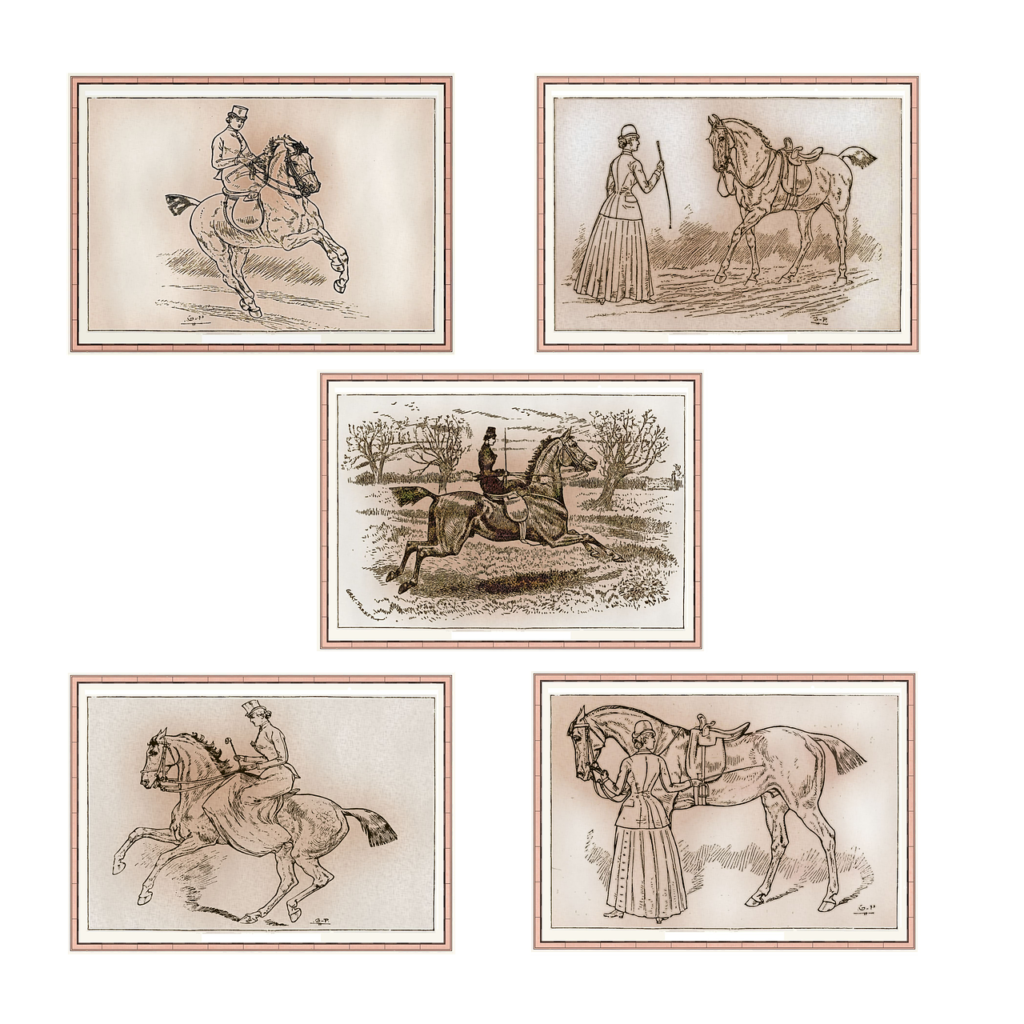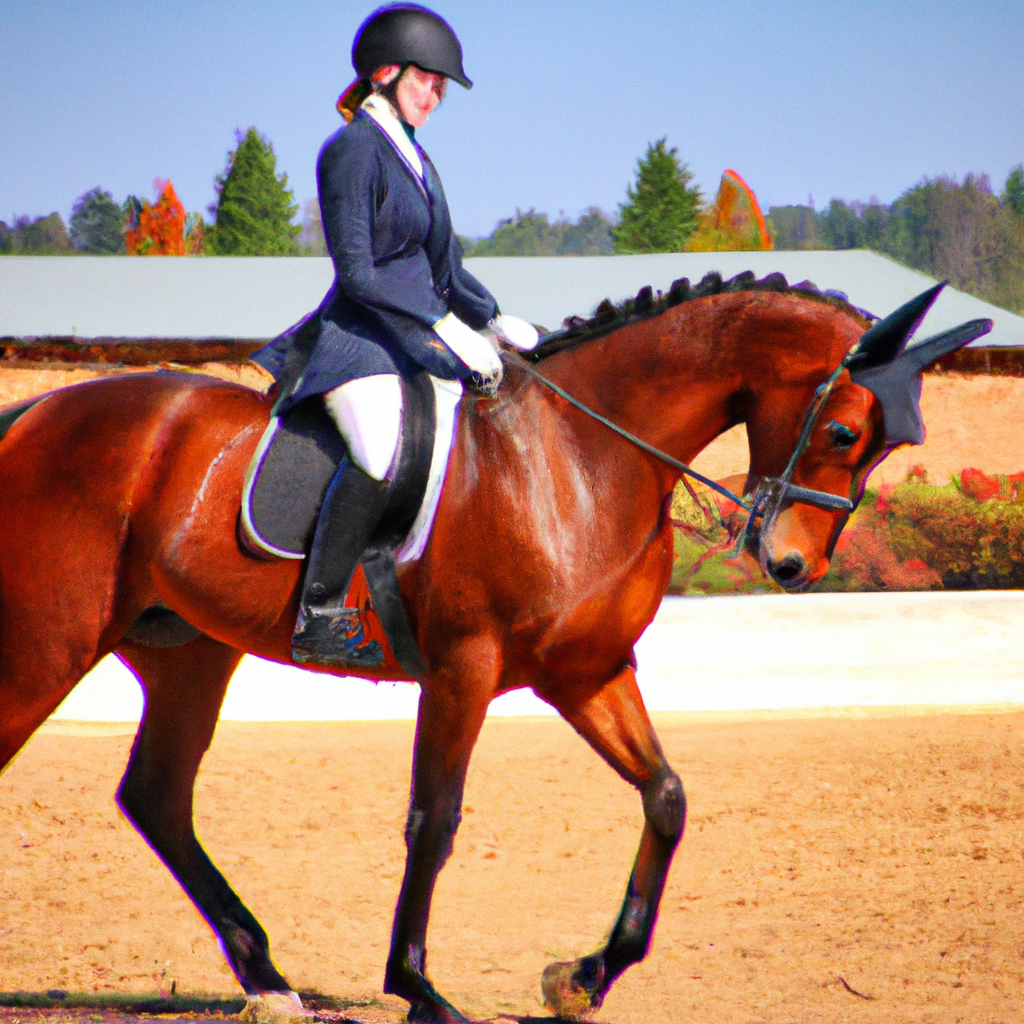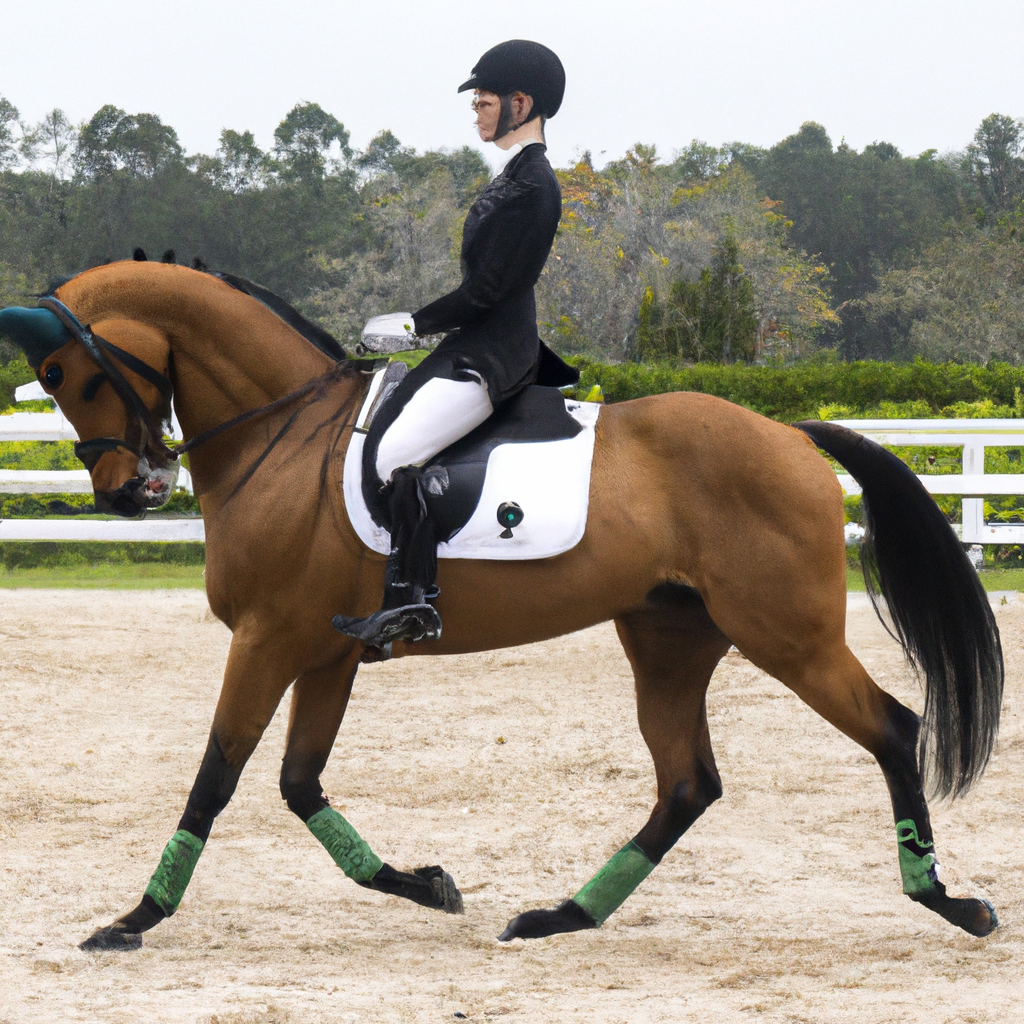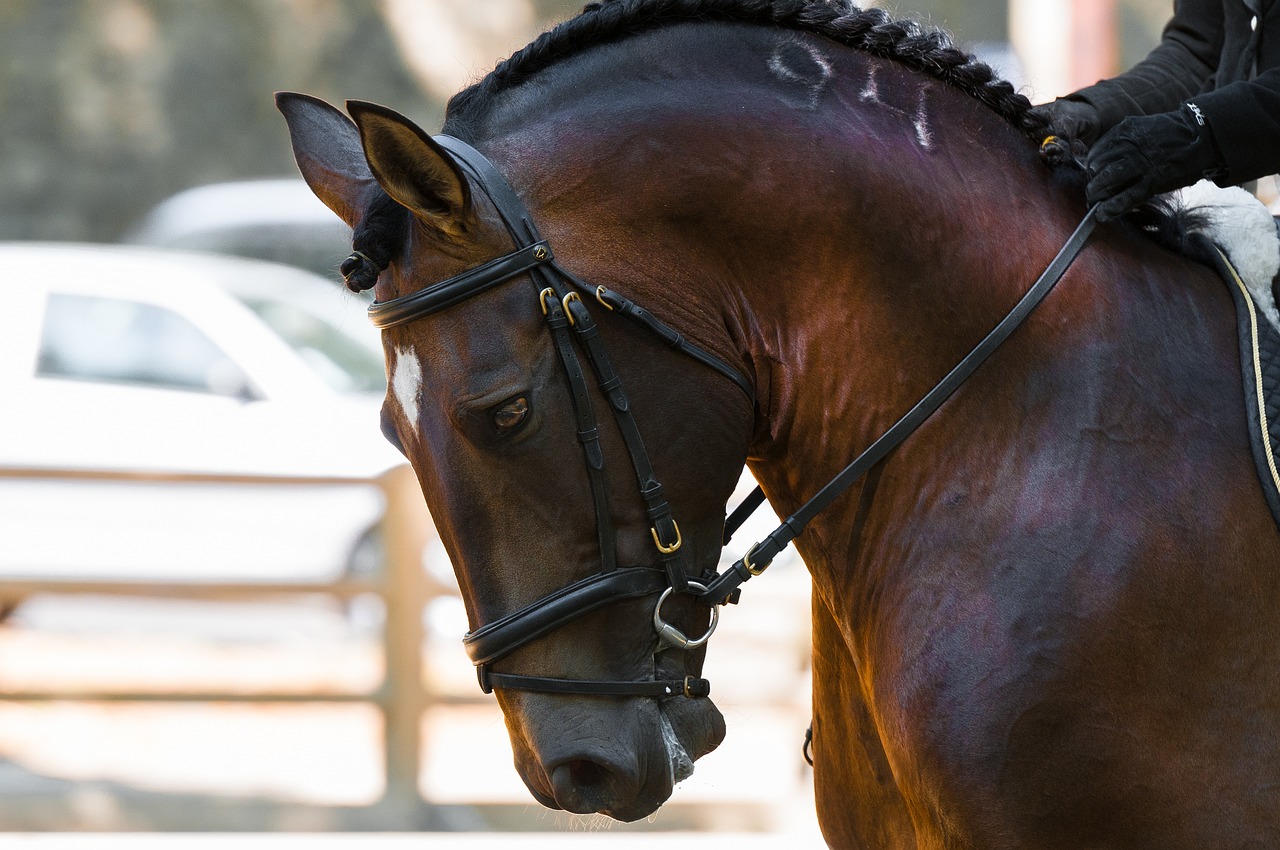If you’re looking to explore the world of horseback riding and immerse yourself in the art of dressage, then you’ve come to the right place. On my blog website, “http://horsebackridingdude.com/”, I aim to provide engaging and reliable content about horseback riding. From the basics of riding to advanced techniques like dressage, I cover it all. In this article, we will delve into the captivating world of dressage, where the rider and horse form a harmonious connection through precise movements and graceful routines. Get ready to discover the artistry and elegance of dressage that will leave you in awe.
Discovering the Art of Dressage in Horseback Riding
If you’re passionate about horseback riding and looking to explore a new aspect of this timeless sport, then dressage might be just the thing for you. Dressage is not only a beautiful art form but also a way to develop trust, connection, and harmony with your horse. In this article, we will delve into the fascinating world of dressage, exploring its history, the basics of dressage, required equipment and attire, training techniques, the principles of dressage, different levels of competition, famous horses and riders, common challenges, and the benefits of dressage training.

The History of Dressage
The roots of dressage can be traced back to ancient times, where horse training was an essential skill for military purposes. The art of dressage originated in Greece, and it was further refined by the great riders of the Renaissance period. In the 20th century, dressage evolved into a recognized and highly competitive equestrian discipline, with its principles and techniques codified and standardized.
The Basics of Dressage
At its core, dressage is a precise and harmonious form of horseback riding. The rider and horse work together to execute a series of movements and transitions with elegance and fluidity. The key elements of dressage include rhythm, relaxation, connection, impulsion, straightness, and collection. Dressage tests, which are judged by experts, evaluate the horse’s obedience, suppleness, and responsiveness to the rider’s aids.
Dressage Equipment and Attire
To engage in dressage, you will need specific equipment and attire. The most essential piece of equipment is the dressage saddle, which is designed to provide the rider with a close contact feel and allow for optimal leg position and posture. Additionally, a double bridle, which consists of a snaffle and a curb bit, is commonly used for more advanced levels of dressage. As for attire, riders typically wear a formal dressage coat, a white or light-colored shirt, white breeches, tall black boots, and a helmet for safety.
Training for Dressage
Training for dressage requires dedication, patience, and consistency. It is crucial to establish a solid foundation of basic riding skills before diving into dressage-specific exercises. A proper warm-up routine is essential to prepare the horse’s muscles and joints for the demands of dressage movements. As training progresses, you will work on building strength, flexibility, and balance in your horse through a variety of exercises such as circles, transitions, lateral movements, and flying changes.

Developing a Strong Connection with Your Horse
One of the beautiful aspects of dressage is the emphasis on the relationship between horse and rider. Developing a strong connection with your horse is essential for successful dressage training. Communication occurs through the subtle application of aids, including your legs, seat, and hands. The goal is to establish trust, mutual understanding, and a sense of unity with your horse. Taking the time to bond with your horse outside of training sessions, such as through grooming and hand-walking, can also strengthen your relationship.
Understanding the Principles of Dressage
To excel in dressage, it is crucial to understand the principles that guide this discipline. The training scale, consisting of rhythm, relaxation, connection, impulsion, straightness, and collection, serves as a framework for the development of the horse’s physical and mental abilities. Each element builds upon the previous one, gradually shaping the horse into a balanced and responsive athlete.

The Different Levels of Dressage Competition
Dressage competitions are divided into different levels, ranging from introductory levels to the highest levels of international competition. Each level has its own set of tests and requirements. Beginners typically start at the introductory levels, where the focus is on basic movements and building confidence. As the rider and horse progress, they can move up the levels, facing more complex movements and increasing expectations.
Famous Dressage Horses and Riders
Throughout history, there have been many notable dressage horses and riders who have left a lasting impact on the sport. From legendary horses like Valegro and Totilas to esteemed riders such as Isabell Werth and Carl Hester, these individuals have showcased the grace and artistry of dressage on the world stage, inspiring countless riders and enthusiasts.

Common Challenges in Dressage
While dressage is a beautiful and rewarding discipline, it is not without challenges. Some common challenges that riders may face include maintaining consistent contact and connection with the horse, achieving proper balance and straightness, refining the execution of complex movements, and managing mental and emotional challenges. Overcoming these obstacles requires patience, perseverance, and a willingness to continuously learn and improve.
Benefits of Dressage Training
Engaging in dressage training offers numerous benefits for both horse and rider. For riders, dressage improves balance, coordination, and core strength. It also enhances communication skills, as riders learn to give precise aids and develop greater body awareness. Dressage can also boost confidence and create a deep bond between horse and rider. For horses, dressage training improves their overall athleticism, suppleness, and responsiveness to cues. It also promotes mental stimulation and emotional well-being, as they enjoy the structured and purposeful training sessions.
In conclusion, dressage is a captivating and rewarding discipline within the realm of horseback riding. From its rich history to the meticulous training techniques, dressage offers riders the opportunity to experience a unique connection with their horses. Whether you’re a beginner or a seasoned rider, exploring the art of dressage can open up a whole new world of possibilities and deepen your love for the equestrian sport. So saddle up, embrace the elegance of dressage, and embark on an exciting journey of harmony and grace with your equine partner.

